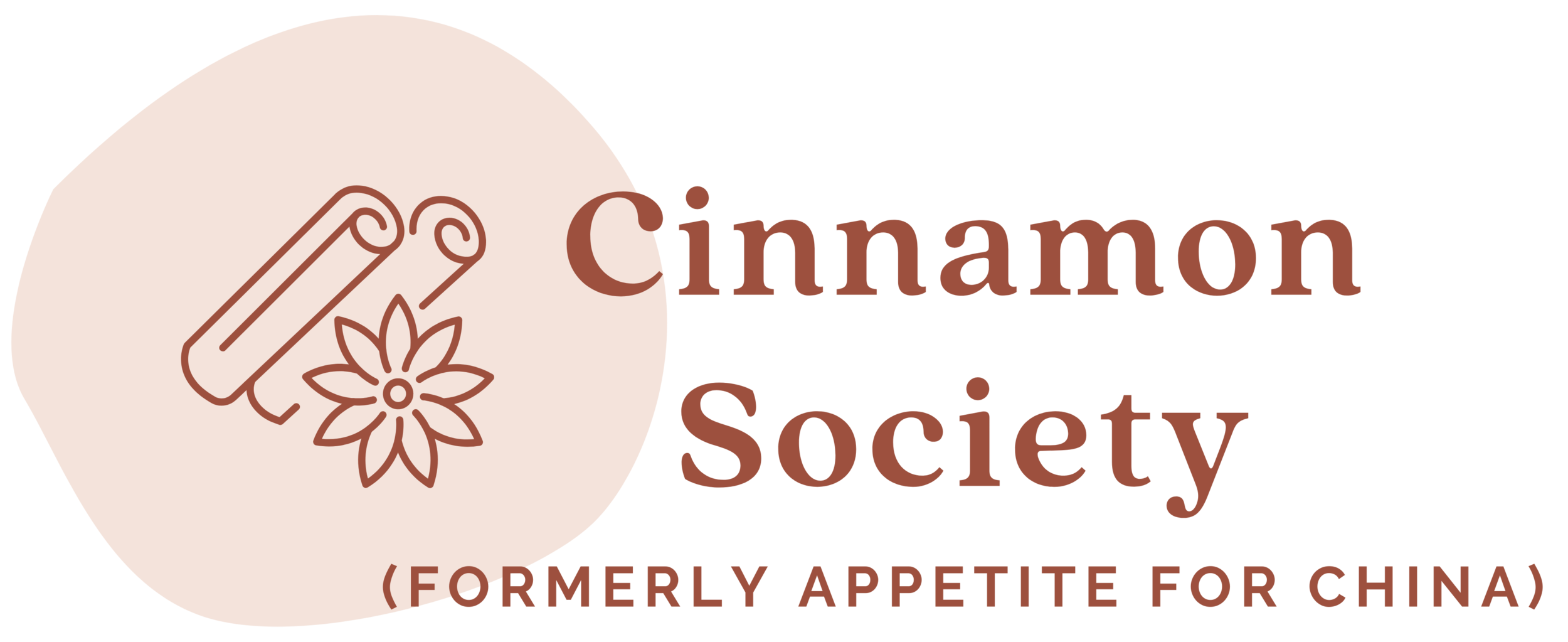Japanese Braised Pork Belly
Since we're now officially deep into winter, I'd like to re-share a recipe for Japanese pork belly, or buta no kakuni. Really, there are few things that are better on a cold day than a bubbling pot of braised pork belly and its aroma of of ginger, scallions, star anise, and sweetened soy sauce altogether. And because we're still in the midst of the holiday season, you have an excuse to indulge. Here is a revised version of the recipe, first published in April 2010.
At a dinner party earlier this week, a nutritionist from China told me point-blank the main problem with American diets is the overwhelming meat consumption. Meat was a bigger culprit than carbs or complex sugars, he said. Americans think nothing of eating a 22 oz. steak or a bucket of fried chicken in a single meal, with potato as a "vegetable" side. There's not moderation in this country, and that's why obesity is such a huge problem. I nodded and agreed, mentioning, among other things, the now notorious Double Down.
The next night, without thinking, I made a pound of pork belly for dinner.
To be fair, it was one of those cold and windy April days, and braised pork just seemed like a good idea. Frequent readers of this blog may remember that I have numerous other pork recipes. I mean, it's kind of a sin for someone of Asian descent to not be obsessed with fatty pork.
I decided to try a Japanese version of braised pork belly (buta no kakuni) and see how it tastes compared to the Chinese counterpart, red-cooked pork. The two cooking methods seem pretty similar side-by-side. There are some minor differences: fewer spices used, and lack of par-boiling the meat prior to browning it. Also, I was curious how pork braised in soy sauce, sake, and star anise would taste with mustard.
So, save this for a day when you have just run 10 miles, did an intense Bikram session, or maybe just had salad for lunch. I think the hard boiled egg is a nice addition for a side, although the Japanese also eat it with daikon. Either white rice or ramen is great for soaking up the sauce.
And I should just avoid talking to nutritionists at dinner parties from now on, to avoid becoming a hypocrite.
_____________________________________________
Japanese Braised Pork Belly (Buta no kakuni)
Serves 4
- 1 tablespoon peanut or vegetable oil
- 1 pound pork belly, cubed
- 1 tablespoon minced ginger
- 1/4 cup sliced scallions, white and greens separated
- 3 tablespoons sugar
- 1/4 cup soy sauce
- 1/4 cup sake
- 1 to 2 pieces star anise
- 4 eggs
- Mustard on the side (optional)
- In a Dutch oven or pot, add the oil and sauté the pork belly on all sides until it starts to turn golden brown, about 3 to 4 minutes. Sprinkle in the ginger and scallions and sauté very briefly, about 20 seconds.
- Add the sugar over the pork and stir. The sugar should sink down to the bottom of the pot and begin to caramelize. Toss the pork so that it gets coated by the caramelizing sugar, being careful to not let the sugar burn.
- Add enough water to the pot to fully cover the pork. Add the soy sauce, sake, and star anise. Once the liquid comes to a boil, reduce the heat to a gentle simmer, cover, and allow your pork to cook for 1 1/2 to 2 hours. Go read, do laundry, catch up on Facebook. Your house will start to smell nice.
- When the pork is close to done, hard boil your eggs. Once your eggs are cooked, rinse them under cool water, and remove the shells. Slice the eggs in half. Add your eggs to the pot for about 5 to 10 minutes so the outside absorbs some of the braising liquid.
- When you think the pork is melty enough for your liking, remove the pork, eggs, and sauce from heat and transfer to a serving dish. (The pork and eggs in Japan are sometimes dabbed with mustard; add a small dish of it to the side if you'd like). Serve with rice or ramen.

